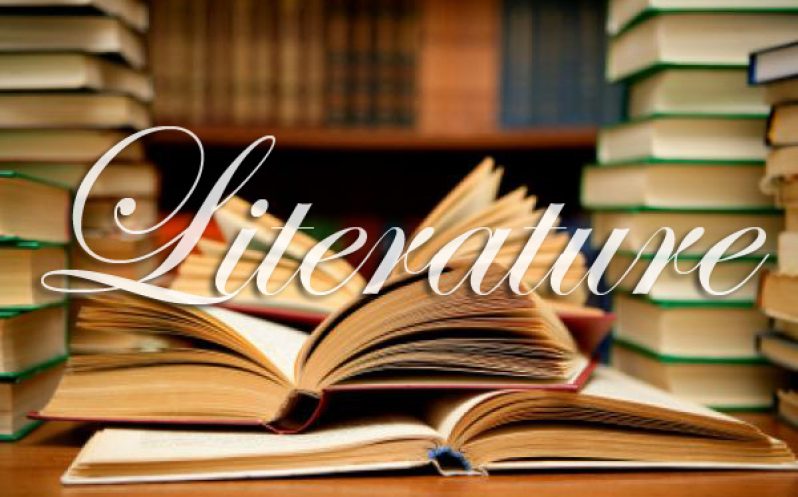To understand Khaled Hosseini’s success as a writer, we only need to know that he was once a medical doctor who gave up that career path after the widespread critical acclaim and bestselling status of his immensely popular debut novel, The Kite Runner.

Yes, in the modern age of science and with an emphasis on STEM subjects in schools, Hosseini quit his job as a doctor to pursue his passion for writing. Of course, he’s not the only doctor to become a successful writer. Other examples include Sir Arthur Conan Doyle and Anton Chekhov. However, Hosseini may be the most well-known of all the doctor-turned-authors to the contemporary reading audience.
His second novel, A Thousand Splendid Suns, had a difficult task, being the work that came after the phenomenon that was The Kite Runner, but, in short, it managed to become as much of a success as Hosseini’s first novel was. The book focuses on two Afghan women, with Miriam’s story being told first. Her life as an illegitimate child, born into poverty, prohibited from living with her wealthy father, and then later forced into an arranged marriage to an abusive husband all form crucial aspects to her storyline and offer a nice parallel to the novel’s other central female character, Laila. Laila, born decades after Mariam, is first presented as a smart and willful schoolgirl, with many friends, born in a comfortable home, with a close relationship with her father. In short, Miriam and Laila are really worlds apart, despite living on the same street in Kabul. How the stories of the women come together and intertwine forms the rest of Hosseini’s wonderful and woeful tale.
Hosseini obviously loves Afghanistan and its people, and he uses his characters and the events in their lives to reveal his own desires and views on the country and everything it has experienced. There is also the sense that he is reclaiming or reshaping the gaze of the Westerner on Afghanistan by peeling back the layers of the city and showing that there is much more to it than that which meets the Western eye. While there is gloom, abuse, and war in Hosseini’s Afghanistan, he also offers to us a world where women, before the rise of the Taliban, could walk freely without having to wear burqahs, in a world of cinemas, education for women, and premarital sex. He also does include many features from the recent history of the country and the novel is rampant with instances of death, misogyny and explosions. Perhaps, if I had a single criticism of the book it would be that until the end it is an extremely sad piece of work and can be quite difficult to read because of the instances of such intense sorrow. However, therein lies Hosseini’s gift as a writer, as he is able to make the reader feel the plight of all his characters and by forcing us to absorb the emotions of his characters, he ensures that we remain emotionally drained, scene after scene, until to have a reprieve at the moment when we begin to feel we cannot endure it anymore, which makes the reprieve from the sorrow all the more prized and appreciated. The women of Hosseini’s Afghanistan have suffered and their stories are really mirrors for the harrowing stories of women all over the world, even here in Guyana.



.jpg)








